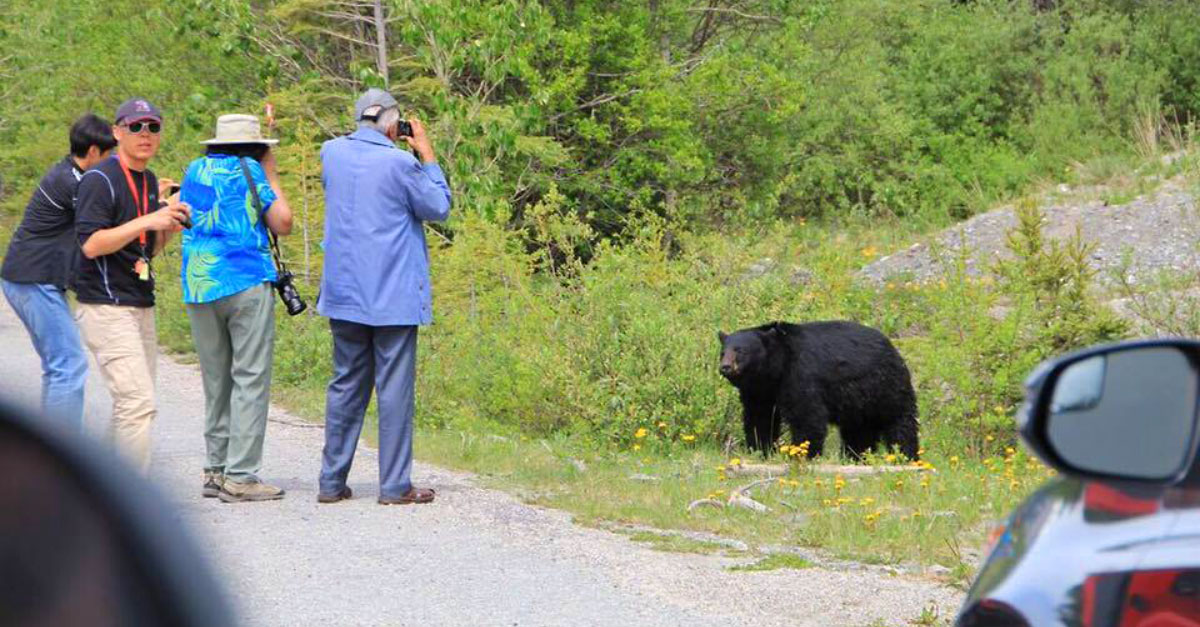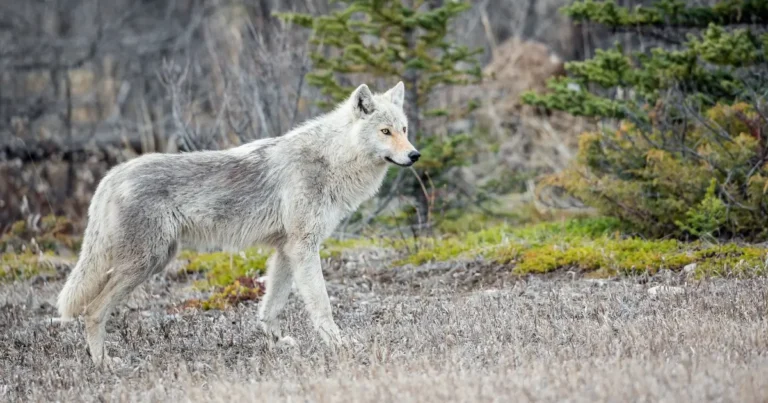
Seeing wildlife up close can be a magnificent experience, and with free access to Canada’s national parks this year, it’s easier than ever. But, despite clear signage, pamphlets, media outreach, and other warnings, visitors are still getting up close to large animals like bears to try and get a once in a lifetime shot. What they aren’t understanding is that their once in a lifetime shot could result in the end of life shot for the bear.
A recent case of reckless behaviour around a grizzly bear between Banff and Lake Louise in Alberta was caught on video by visitors from Nova Scotia. Global News reported that the family pulled their vehicle over to take photos from the safety of the automobile, but ended up watching (and recording) other onlookers for 15 minutes.
“People brought their kids and walked up, right to the fence, and brought their kids up to the fence,” visitor Mark Sawlor told Global. “People turned their back to the bear. All kinds of just craziness.”
While no animals or people were injured during this encounter, it could lead to an encounter where that isn’t the case.
“Once a bear gets used to an area that is also frequented by people, the chances of a bear-human encounter increase,” Alberta’s BearSmart website advises. Grizzly bears are generally disinterested in people, and want to avoid conflict just as much as we do – but when protecting a food source, or put in a position to feel threatened (by strange people making weird sounds and holding strange objects nearby), they can quickly cause serious injury or death to a human, even if their intent is simply to say, “go away.”
Additionally, bears that begin showing any sign of aggression toward people (again, after being surrounded by “selfie” enthusiasts, or taught that people may be a source for food) are often killed by wildlife officials who fear greater risk to humans. The easiest way to prevent such escalation is to give wildlife the space they need, and take a harder line with people, whether visitors to our country or locals, who don’t follow the rules.
Parks Canada, as well as other federal and provincial wildlife or law enforcement agencies, must begin changing the narrative on “bear selfies” and get serious about prosecution. Because no photo is worth the life of an animal.
Top photo of a forced close encounter at Lake Louise in June via social media (photographer unknown).
monthly donor(for as little as $10/month – the cost of two lattes) pleaseclick hereand help us save lives today.

